WildStar: Crafting Deep Dive
So you want to be a master crafter in WildStar? The journey of one thousand miles begins with a single step.
The Crafters' Technique
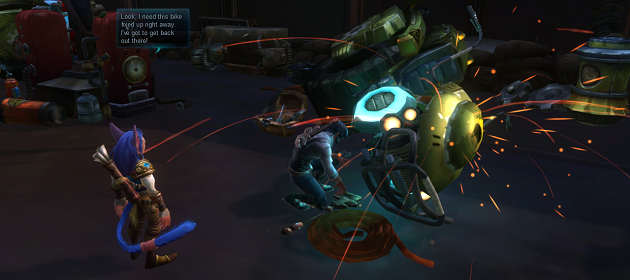
There are two methods used to craft items. And from what I’ve seen so far, these two methods are tied to the type of crafting you wish to do, but you’ll need to become familiar with both of these methods if you wish to become a master at multiple crafts.
The first method we have is called “Circuit-board Crafting”. This method of crafting is tied to Weaponsmithing, Armorsmithing, Outfitting and Tailoring. Circuit board crafting relies heavily on Microchips and power cores that help infuse a piece of equipment with Eldan energy and technology in order to strengthen its properties.
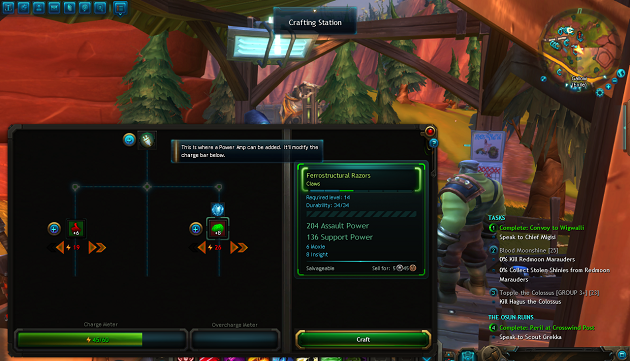
As seen in the picture above, when you begin circuit-board crafting you’ll be greeted with a circuit-board-like interface, hence the name. On the circuit board there are several open-slots where the crafting components are placed and at the very top is where your power core is inserted.
The power core helps determine the amount of total available charge that gets distributed through the item, while the other determining factor for charge is the item itself. Higher quality items typically have more charge to work with.
You may also notice the slots on the left and right. These are where microchips are inserted into the item that relay what stats that the crafted piece of gear will have, so they’re pretty important. Each microchip also uses a certain amount of charge, which is important to note when deciding what chips to put in, take out, or when overcharging a piece of gear. We’ll get into what overcharging is in a second, so sit tight.
Now, it’s important to note that the microchip on the left will always be a locked random stat chip for lower level items. This means that once you begin crafting you can’t replace that chip on the left side. However, once you start crafting medium to higher quality items, this stat chip will also become “unlocked” allowing you to replace it at your convenience.
The chip on the right is where a lot of the early customization happens because this chip is available to replace even at the earliest levels of crafting. Additionally, once you begin crafting at the higher levels, you’ll even start to see recipes that have 3 or more total chip slots.
Lastly, each microchip you use in your crafting schematic uses a certain amount of charge that gets drawn from the total charge available. Remember, the total charge is determined by your chosen Power Core and the quality of the item itself. Once you have all of your microchips slotted in you can increase or reduce the amount of charge each microchip uses, effectively reducing or increasing the stats reflected on the item.
And while I did say you can increase the stats given by each microchip, you can only do so up to the maximum amount of charge that an item can hold--usually. This is where “Overcharging” an item comes into play. Overcharging is when you increase the charge a microchip(s) uses over the maximum amount of charge available in a recipe. This allows you to create items a bit more powerful than you should otherwise be able to.
However, Overcharging does come with a cost. As soon as you overcharge a recipe, you receive a chance to fail at crafting it. The higher you overcharge a given recipe, the higher chance you have to fail.
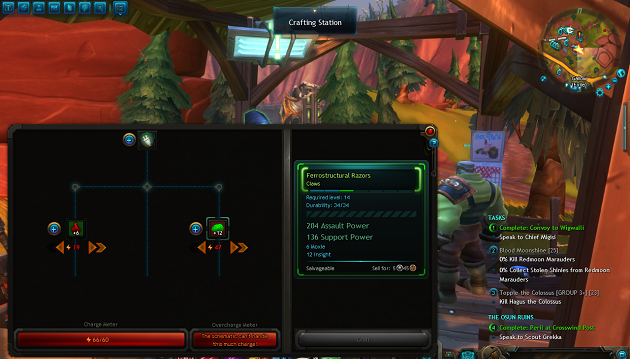
I know that was probably a lot to take in so I’ll explain how this all ties together with an example.
Say I’m crafting a greatsword for my tanking Warrior. Well, first I’ll need the ore which I gathered earlier, then I’ll need a power core. The stronger Power Cores require schematics to be of a certain item level before you can use them. So, since I’m just starting out, I’ll have to use one of the basic cores for now.
Now that I have the two starting components, I’ll need to find a crafting table to pull up the circuit-board crafting UI so I can make my sword. Once, I’ve inserted the power core into the necessary slot, I can then choose what chips I want to insert in the item. On the left side I’ve inserted a “Tech” chip, which is a stat I need since I want deflect more damage as a tank. After that’s complete, since I want to tank, maybe I should add a “Grit” chip on the right side to increase my health.
Finally, now that I’ve decided on my chips, I’ll add some more charge to them to increase the amount of Tech and Grit I get from each one. I’ve now added enough charge to take me right to the maximum charge capacity of this recipe. If I want, I can overcharge one of the microchips on the item, in order to further increase its stats. If I do that, I have to remember that Overcharging gives me a chance to fail at crafting that item. After thinking it over, I decide to craft the schematic as is without Overcharging it, in order to guarantee success. Now I have a new greatsword that I can show to my guild!
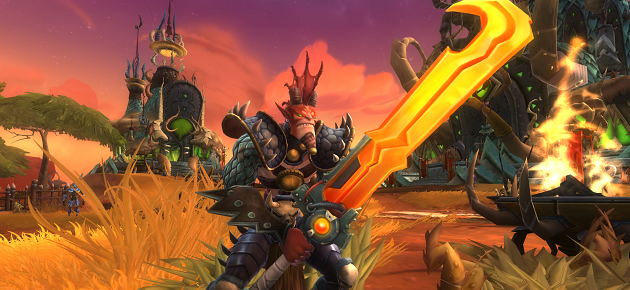
While there is still more depth to the system left to be covered than what I’ve explained here, hopefully you now have a pretty decent idea of how Circuit-board crafting works. So, with that out of the way, let’s move on to the next type of crafting which is called “Coordinate Crafting”.
“Coordinate Crafting”, while simpler to explain, has about as much depth as its Circuit-board Crafting counter-part. This type of crafting technique is tied to the Architect, Cook and Technologist crafting skills and, instead of a circuit-board-like UI, you’ll be greeted with a coordinate-grid UI.
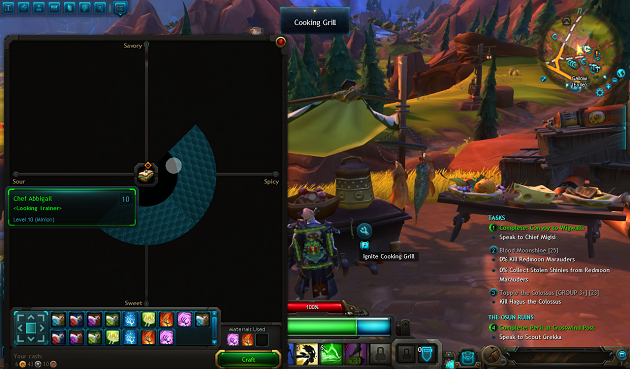
Now Coordinate Crafting is a little bit easier to get into, all you need are the appropriate materials to craft the item and you’re pretty much set. With this system, the amount of complexity that comes afterward is completely up to the player. You see, the secret of Coordinate Crafting lies in the ability to choose additional materials or ingredients to further add to any recipe or schematic. This allows you to dramatically change the properties of a specific recipe, depending on the added ingredients.
As you add more ingredients to the recipe, the pointer on the coordinate grid will change positions and help inform the crafter what properties the item will take on. Different combinations of ingredients and different types of ingredients have a wide-range of additional properties that vary from recipe to recipe. You even have a chance to come out with rarer versions of your original crafting recipe. So, in short, the most gifted crafters will be able to adjust the properties of their goods by determining what extra ingredients they’d like to include.
Now that I’ve made your head spin with the two different types of crafting, let’s move on to the final step in our journey--crafting progression. I’ll explain how you get new recipes and how you get better at your craft.
Crafting Progression: Tech Trees & Talent Points>>




